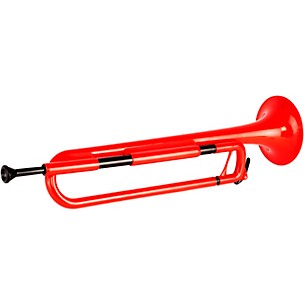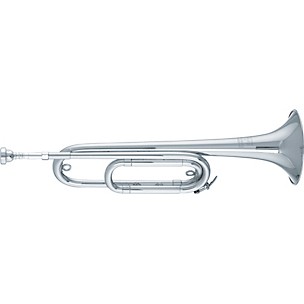Bugles
About Bugles
The bugle is basically a wind instrument made from brass and has no valves or other pitch-altering parts. This musical instrument is set to tune by the vibration of the lips against a cup mouthpiece. In early days people used animals’ horns to create musical or communication instruments and that explains why the word bugle that was derived from the Latin word buculus means bullock. The modern military bugle dates back to 1750 when the light infantry battalions (Hanoverian Jäger) adopted the semicircular copper horn which then spread to England in the years that followed. The early semicircular bugle was pitched either in C or D and was then lowered to B by a detachable piece of tubing. Around 1800 it was looped once and later coiled twice with narrow bell.
Controlling the pitch of this instrument is done by varying the player’s embouchure and airstream. The bugle has limited notes within the harmonic series and a standard bugle call has only 5 notes called the bugle scale. A player can either blow the bugle in soprano (high pitch) alto (medium pitch) baritone (tenor) or contrabass (bass) pitches. Today the bugle is normally used in military and scouting activities and the bugle call has become synonymous with different duty calls in a camping site. In the army the bugle call is used to announce events in a battlefield and in the navy it is used to command a crew of warships. The bugle is also used in military rites and in funerals. As of late the bugle has freed itself from its military origins and structurally it has also been incorporated with valves. The key of G was the traditional one for pitching bugles in the American drum and bugle corps in 2000. However the standard American G military bugle has been removed and in its place the drum and bugle corps has started using B-flat instruments. This brass instrument has been used in several fields and has definitely traveled a long journey from a humble beginning.

